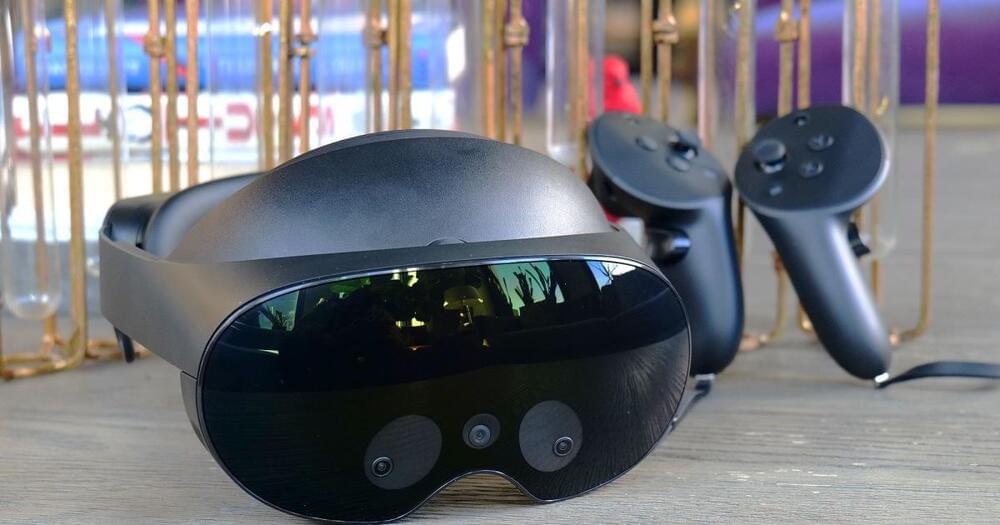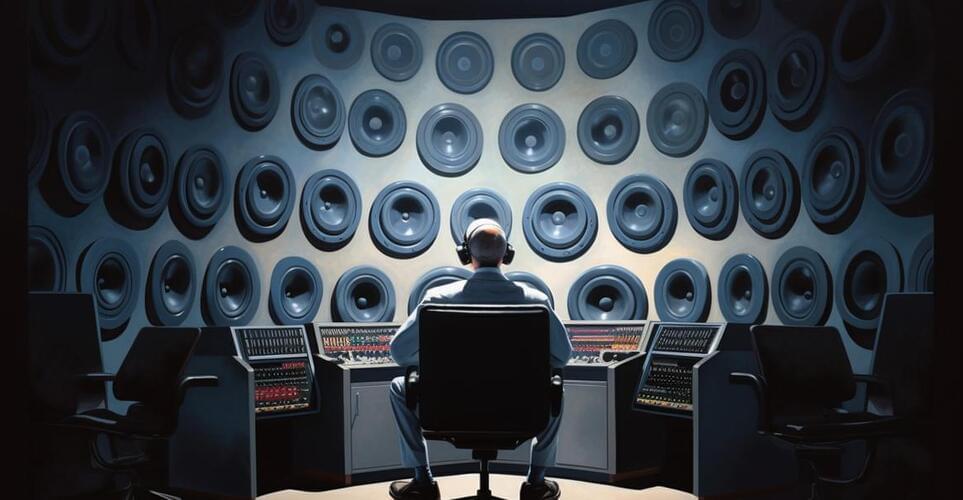Keep Your Digital Life Private: Stay Safe & Secure Online with NordVPN: https://nordvpn.com/safetyfirst.
Welcome to a thrilling exploration of Quantum Computing in AI! This video breaks new ground in explaining the exciting world of Quantum Computing, its intersection with Artificial Intelligence, and how it ushers us into a revolutionary new era of technology.
In the first segment, we demystify the concept of Quantum Computing. We delve into its complex yet fascinating principles, making it understandable even if you’re a novice in this field. If you’ve ever wondered how quantum bits (qubits) and superposition defy the norms of classical computing, this is your ultimate guide.
Next, we discuss the contrasting differences and functionalities of Quantum Computing Vs Classical Computing. By demonstrating the sheer power and potential of quantum computers, we illustrate why they are the vanguards of the future of computing.
What can a Quantum Computer really do? This question is answered in an intriguing section, where we highlight the extraordinary capabilities of these computing marvels. We also take a peek into quantum supremacy, a unique realm where quantum computers outperform classical ones.
As we move forward, the video explores Quantum Machine Learning, a new paradigm in AI. This exciting field combines Quantum Computing with Artificial Intelligence, pushing the boundaries of what’s possible in data processing, learning, and prediction. It’s a game-changer you can’t afford to miss!
Our journey doesn’t stop there! We also discuss real-world applications of Quantum AI. From healthcare to cybersecurity, finance, and more, learn how Quantum AI is transforming industries with unprecedented efficiency and precision.



